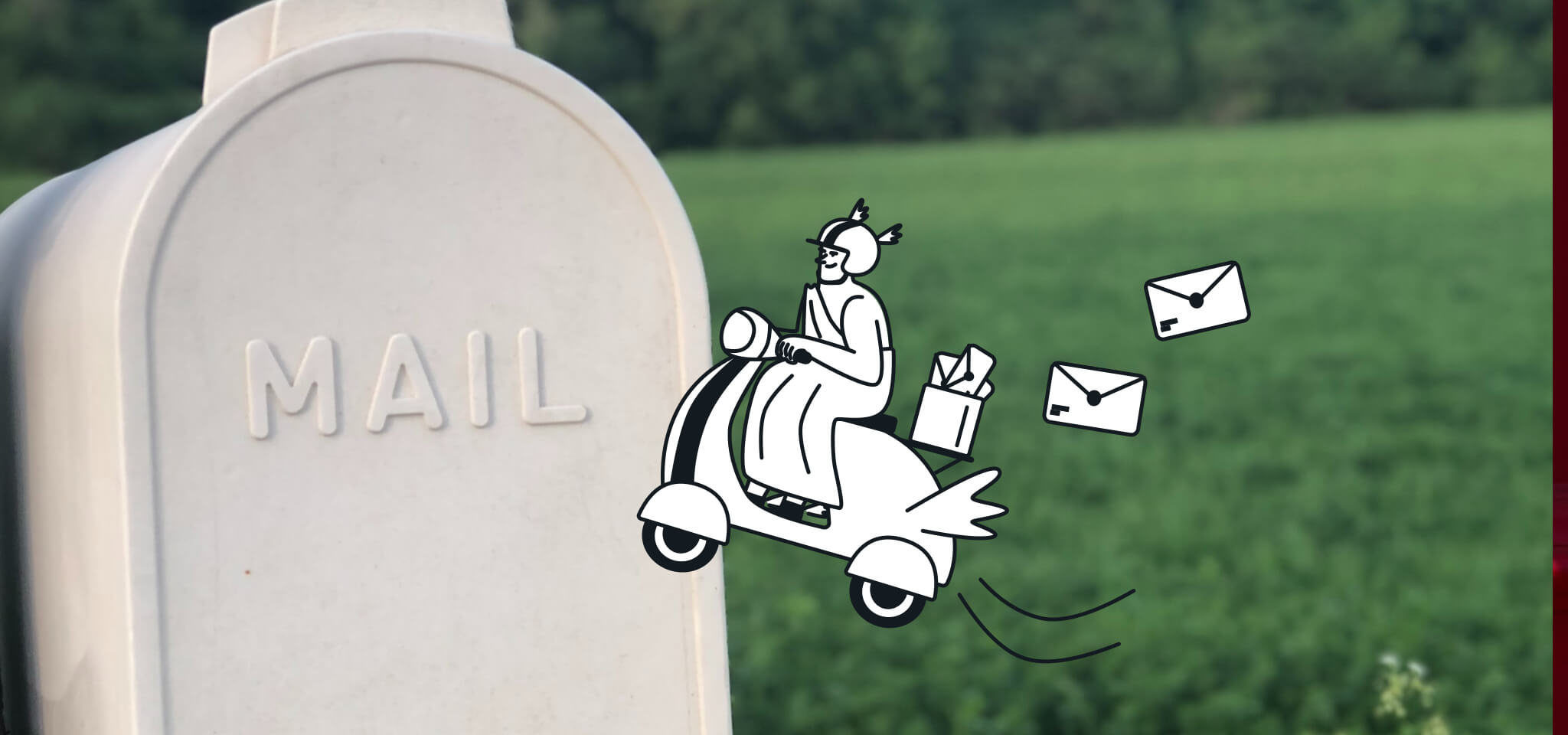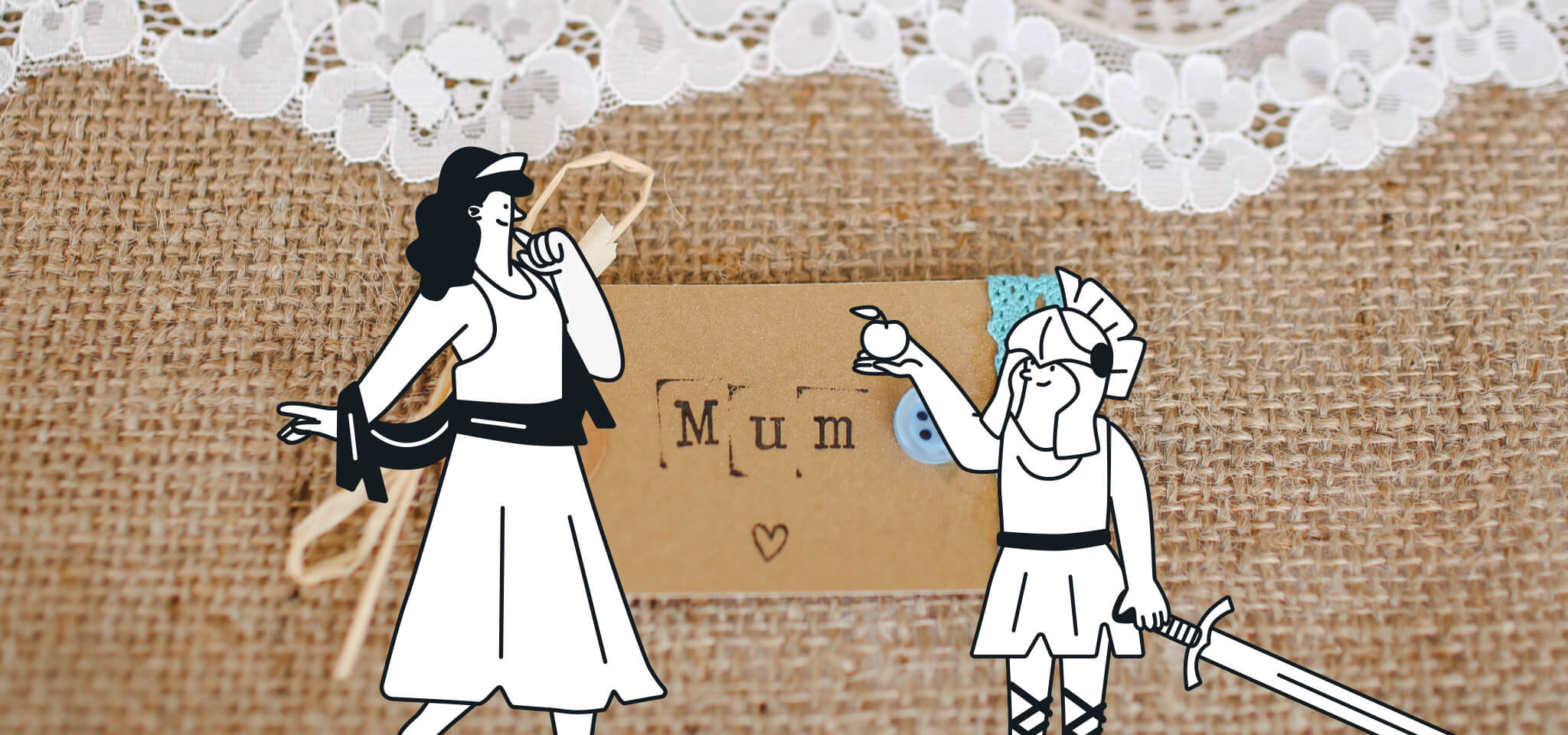Development
HackIllinois: A battle for the top
This weekend Mailjet attended HackIllinois, University of Illinois’s official hackathon in partnership with Major League Hacking.
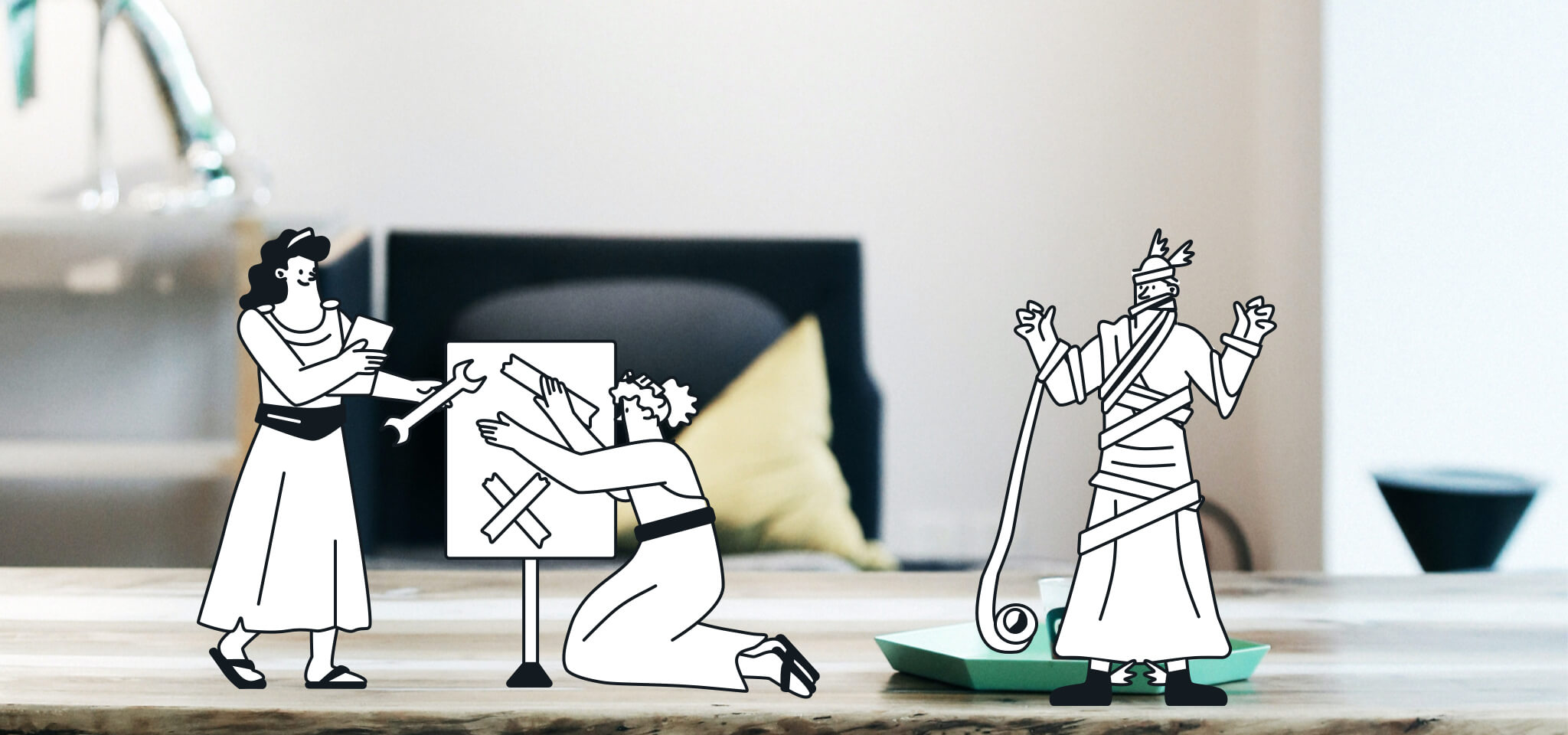
PUBLISHED ON
A bead of sweat trickled down my forehead as I ejected an empty magazine from my rifle and loaded a fresh one back in its place. We were far from the target and had already lost five out of the eight soldiers in our squad, who knew what the rest of the platoon was up to. I could feel my body pump adrenaline as my last two brothers and I entered the elevator. I pushed the third floor button and the door closed ever so slowly as it proceeded to accelerate us skyward.
Clearing buildings, close quarters combat, and guerrilla combatants are what Austin, John, and I were expecting as soon as the elevator doors opened. We got into our positions and were ready to go as the doors began to open. Our fates would soon be revealed.
12 targets. We began firing in unison as if three soldiers were one for that brief moment. In the midst of the chaos and bullets whizzing by my ears, I could hear the sounds of Austin and John getting hit and going down.
The firefight ceased and dust lingered in the air. I made out a vague figure approximately 20 yards ahead of me. I missed one! I could see him, but could he see me? As if that particular thought had triggered some unlucky divinity, the dust settled just enough. We made eye contact.
Out of nowhere the buzzer sounded. Dinner is being served. It’s Panda Express. Nerf war, over.
During Hacking

This past weekend, I was able to attend HackIllinois, University of Illinois’s official hackathon in partnership with Major League Hacking. For those of you who have never been to University of Illinois at Urbana–Champaign, it is quite the trek from Chicago; so, after flying into O’Hare, I began my journey south, passing countless open areas and corn fields. After the two and half hour drive, I arrived on campus where I set up, unpacked my goodies, and greeted the excited hackers who would shortly begin their 36 hour hacking marathon. After opening ceremonies concluded, dinner was served, and the countdown clock began ticking as hacking commenced at 10pm Friday night.
There was so much to do throughout the event! Hackers could take breaks from coding to attend talks, chat with sponsors, participate in cup stacking competitions, and even get involved in a full out capture the flag-ish Nerf war that took place in an entire building on campus (see recap at beginning of this post)! After all was said and done, hacking ended promptly at 10am on Sunday. Lunch was served and eaten, and the hackers hastily went to the expo hall to set up their tables to display the projects they worked so diligently on over the weekend.

Mailjet’s API Winner
This time around, Mailjet offered 4 Fitbit Charges to the team that best used Mailjet’s API in their hack. It was a tough decision, but team CloudScout took the gold for us.
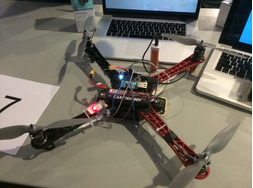
Their hack was a very insightful and innovative approach to aiding disaster victims stranded without connection to internet or mobile reception when cell phone towers go down. The team built a quadcopter with an attached Arduino Yun. After disaster strikes and renders cell phone towers unusable, the quadcopter flies to the disaster zone, hovers about, and uses the Arduino Yun as a WiFi beacon for the victims to connect to. Once connected the quadcopter's WiFi, a web page is automatically brought up that allows inputs for writing emails - through Mailjet’s Send API and text messages - through Twilio's API - that are then saved and eventually sent to friends and loved ones informing them of their current status. Once the quadcopter’s missions is complete, it returns to it’s docking station where it connects to the internet and sends the saved emails and texts it received during flight (through Mailjet’s Send API and Twilio’s APIs respectively).
Great job, Team CloudScout. Awesome hack that will potentially pave the way to transforming disaster relief.
Presentations and Winners
At this particular event, winners were broken down into hardware and software categories. This was the first time I have encountered this, and it seems fitting to consolidate the two into separate judging standards.
Hardware
Oculus Scooter
Equipped with an Oculus Rift, a scooter, a single roller skate, and few pieces of hardware, this team set out to create a Virtual Reality environment which minimized motion sickness who are sensitive to this in VR applications. Taking some sound advice from a professor of theirs - users are less likely to get motion sickness if the VR application moves as a direct result of the user's physical movement - they decided simulating a scooter ride was the way to go.
Users slip on the Oculus, put on the roller skate, jump on the “scooter”, and begin racing on a virtual race track.
Cloud Scout
Mailjet’s API Winner, as mentioned above.
ButtonLight
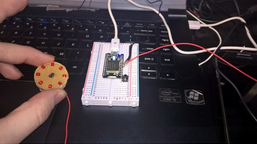
Gone are the days of forgetting to feed the dog, doing the dishes. Enter the days of accountability in the household. Using a SparkCore and a button, a ButtonLight is placed where the task takes place (aka next to the dogs bowl). If you feed the dog, press the button and the LED on ButtonLight turns off. After 8 hours, ButtonLight resets itself and the LED turns back on showing that the dog needs to be fed again. Household members can also check out the Android app which shows each ButtonLight’s statuses. If for whatever reason Scruffy the dog doesn’t get fed, each household member will receive a text to remind them.
Software
VR Spec

Ever had that feeling in college where you didn’t want to get up and go to your lecture? Well, now with VR Spec, you don’t have to! Simply throw on an Oculus Rift on and attend the lecture remotely. Users can even take virtual notes using a Wacom Tablet without having to see their physical hand. You can still get straight A's but will never have to move from your couch again.
Teleport
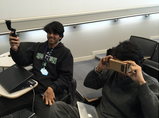
We’ve all been there before. Missing out on an even because we’re sick or it’s simply too far. Now with Teleport, you can experience all the great things you’ve been missing without having to actually be there. On one end, User 1 wearing a 360-degree panoramic camera video camera that walks about the environment normally. This video feed is then sent to User 2 on the other end wearing a Google cardboard kit allowing him to see the environment User 1 is experiencing. User 2 wants to look to the rear? No problem. User 2 simply rotates and checks out what’s going on thanks to User 1's 360 panoramic ability.
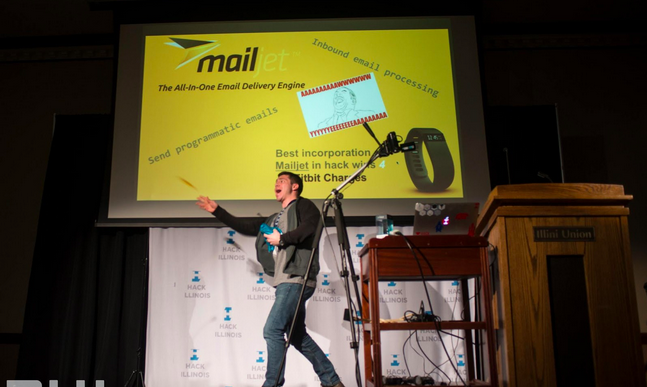
By Tyler Nappy







